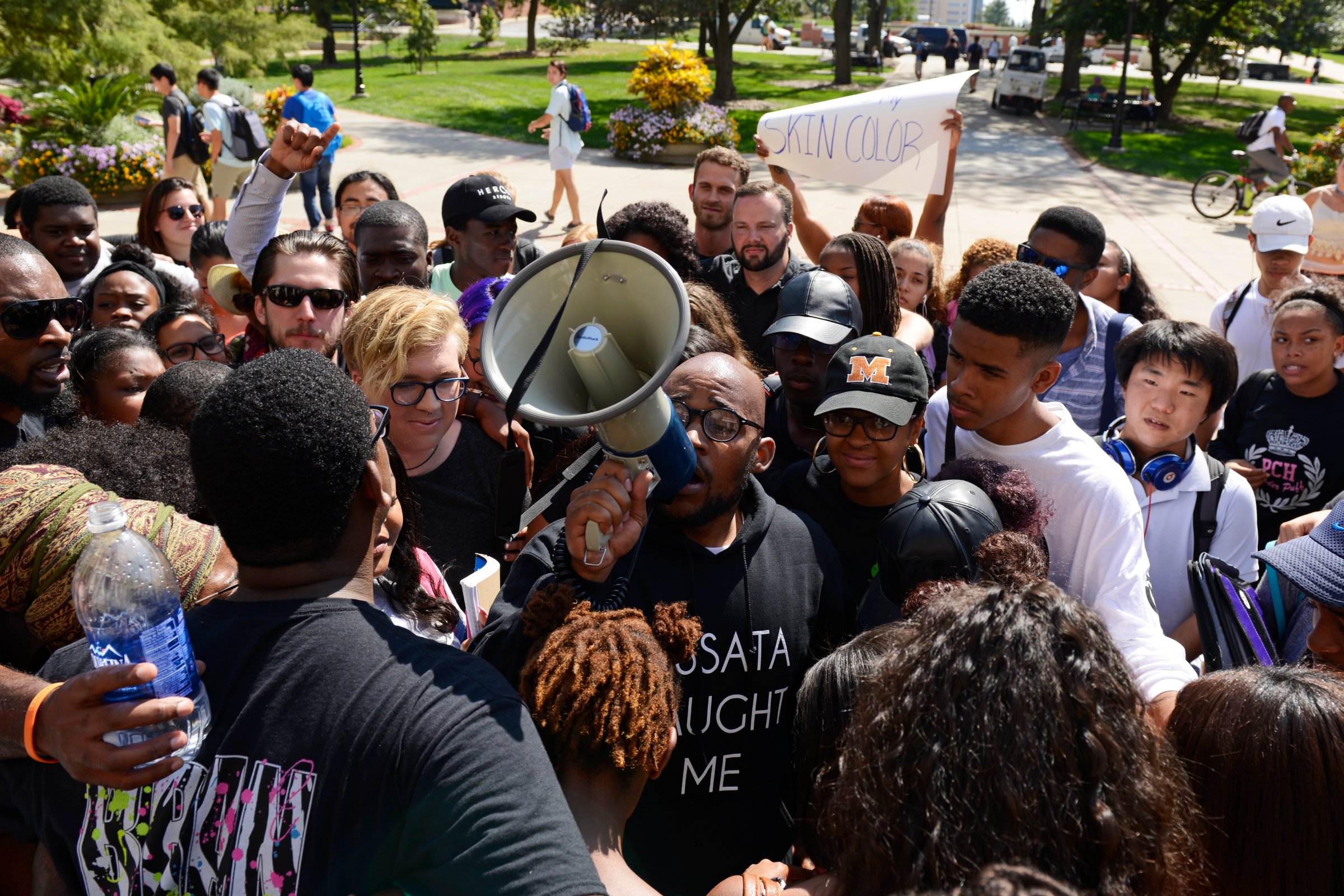
Correction appended, Nov. 23, 2015.
After several weeks of covering student protests at the University of Missouri, graduate photojournalism student Justin L. Stewart, 25, paused to reflect on his work. He had been photographing the unrest spurred by the university’s handling of several racially-charged incidents on campus for The Columbia Missourian, a community newspaper produced by faculty and students from the Missouri School of Journalism, but he was concerned that, as the story continued to grow, people were “becoming numb,” he says, to the repetitive coverage of the same protesters.
“I was trying to kind of figure out a better way to tell the story and the way to approach the group about it,” Stewart tells TIME. “But it was also difficult because the group had always been a little standoffish toward media.”
The student protests started in late September, leading to the formation of the Concerned Student 1950 group, which led the charge, and culminating with the resignation of the university’s President Timothy Wolfe on Nov. 9. Wolfe’s resignation was further fueled by an announcement the preceding weekend that 32 black football players would not participate in team activities until the president was removed.
Stewart, who is a white male, spent weeks gaining people’s respect and trust, one at a time, to get access to the core group of students leading the protests, including Jonathan Butler, who had gone on a hunger strike. “Ever since Ferguson, [people] just don’t trust the media,” he says. “And I think that’s really important to this group — to get things right. And so I really tried to do that.”
While Stewart was able to incrementally gain trust and access, he was not immune to the protesters’ aversion to media that escalated following Wolfe’s resignation, best exemplified by the creation of a “no media safe space” to prevent reporters from photographing and interviewing protesters. Stewart said he was “negatively affected when the whole media closure started happening.”
Senior photojournalism student Katie Hogsett, 21, first covered the campus unrest at an October homecoming parade, on an assignment for the student newspaper. The parade was heavily delayed, due to a student blockade of Wolfe’s vehicle in the procession. Hogsett says she was startled by how the administration, as well as onlookers, were reacting to the protesters. “I watched a lot of mothers with their kids get in the protestors’ faces and say things like: ‘Way to ruin it for the children, and why can’t you guys go somewhere else?’” she recalls. “Then I heard some other people say some pretty blatantly racist comments under their breath. I was really caught off guard. At that moment a light went on in my head—get evidence, get evidence.”
That’s when Hogsett truly realized how important this story had become, and was struck with empathy for her classmates. “As a student — and just as a person— I was shocked and just couldn’t imagine being in their shoes,” she says.
One challenge that these photojournalism students met while covering the Concerned Student 1950 group—outside of balancing their coverage with attending class (coverage often won out, with the general support of faculty) — was gathering basic reporting on their subjects. Senior photojournalism student Ellise Verheyen, 21, says that while the group was not necessarily against the media, it was not eager to share names, working instead as “a collective” voice. And while you could detect “stress and anger” on campus, Verheyen says that the overall feeling was not negative. “The community and the support on campus was outstanding,” she tells TIME. “They all kind of came together.”
On Nov. 7, Verheyen followed a mock tour organized by protesters to speak of their daily experiences as black students on campus. “It was a really, really emotional thing,” she recalls. “I think that was the first time that I realized how much pain people [were feeling].”
For Sarah Bell, another senior photojournalism major, the protests really became an important, national story when word of Butler’s hunger strike reached the newsroom. “We all just sunk in our chairs and could see this is a bigger deal than we thought it was,” she says. “As a white student I definitely didn’t think about this problem all the time. But I have friends who are marginalized on campus I’ve heard stories about it, so I always knew that had existed on Mizzou campus but not nearly to the extent that I’ve learned in the last three weeks or so.”
There’s no doubt in Bell’s mind that she has chosen the right path, saying the coverage over the last few weeks “solidified my desire to be a photojournalist.” Bell, who like her classmates chose to pursue the story over class on many occasions, says she learned more in the last month than in her “entire career at Mizzou.”
Correction: The original version of this story incorrectly described the Columbia Missourian. It is a community newspaper produced by faculty and students from the Missouri School of Journalism.
Chelsea Matiash is a multimedia editor at TIME. Follow her on Twitter and Instagram @cmatiash.

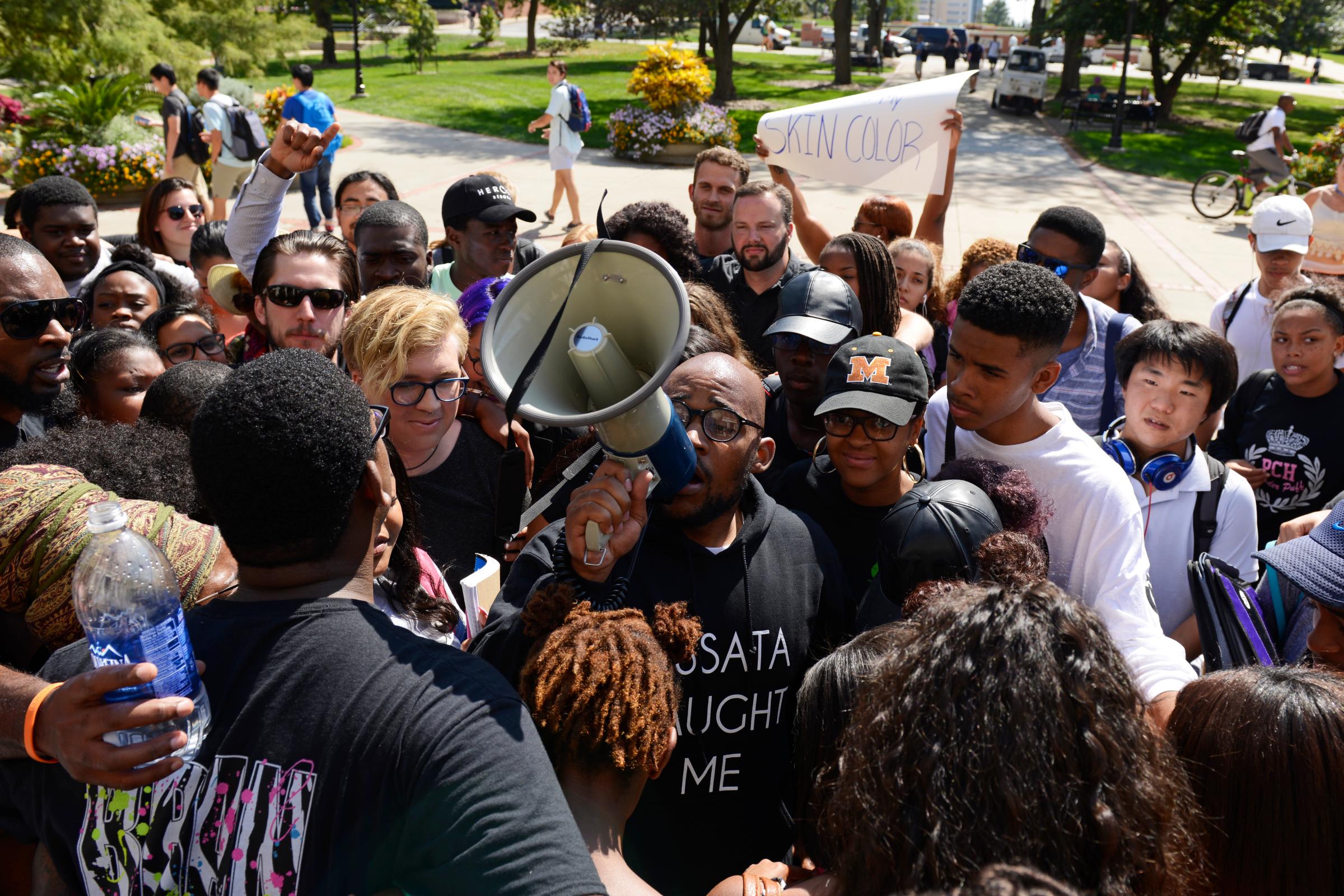
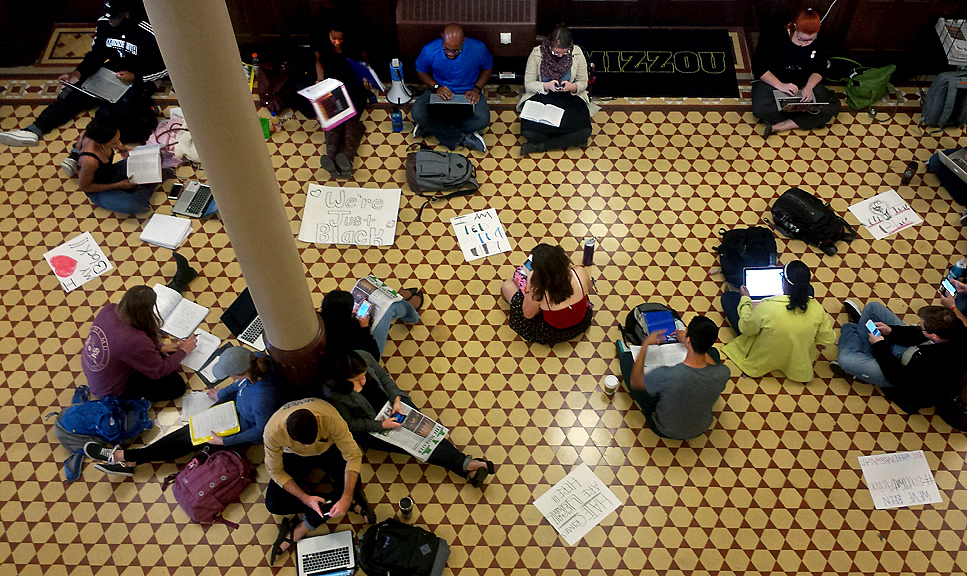





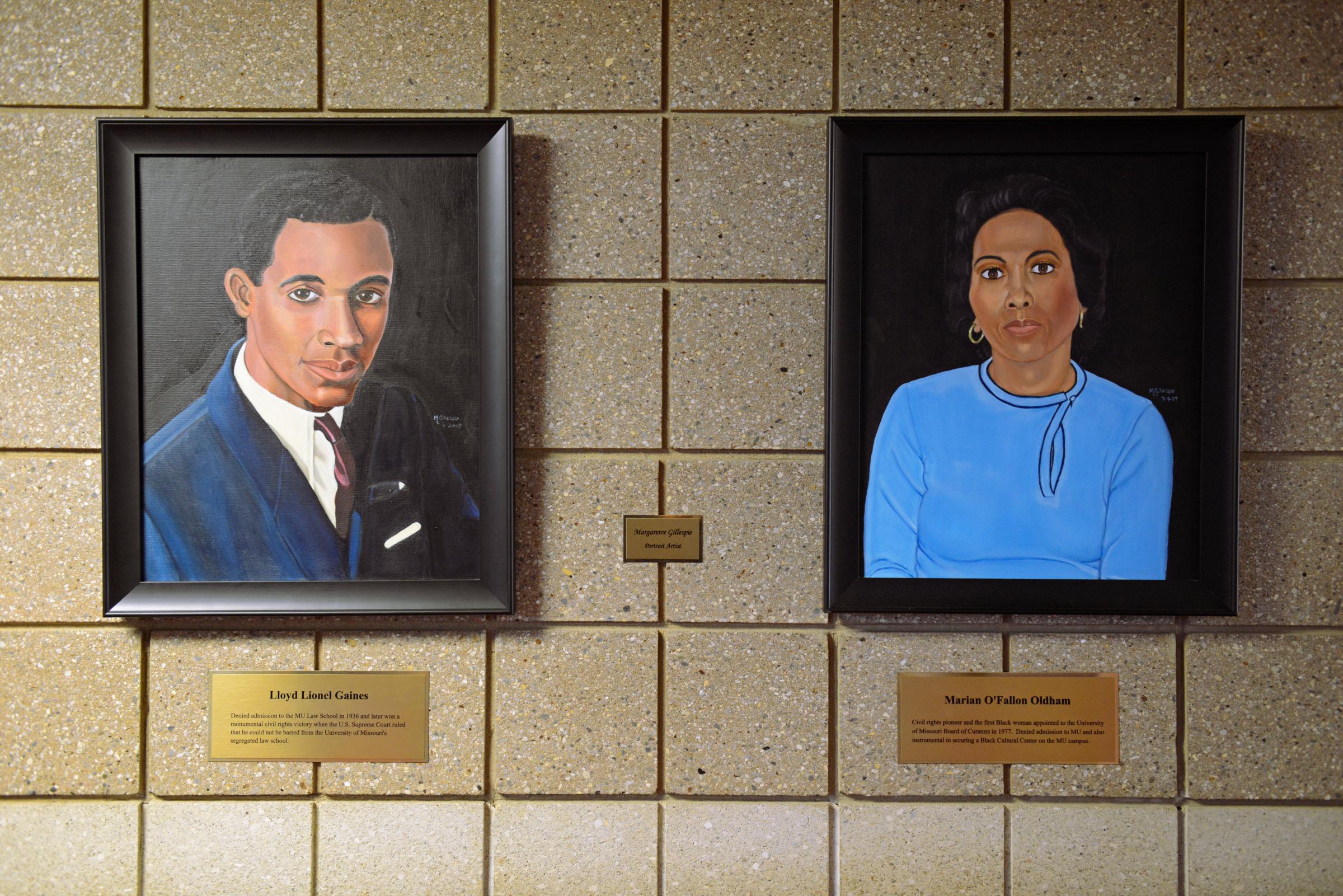

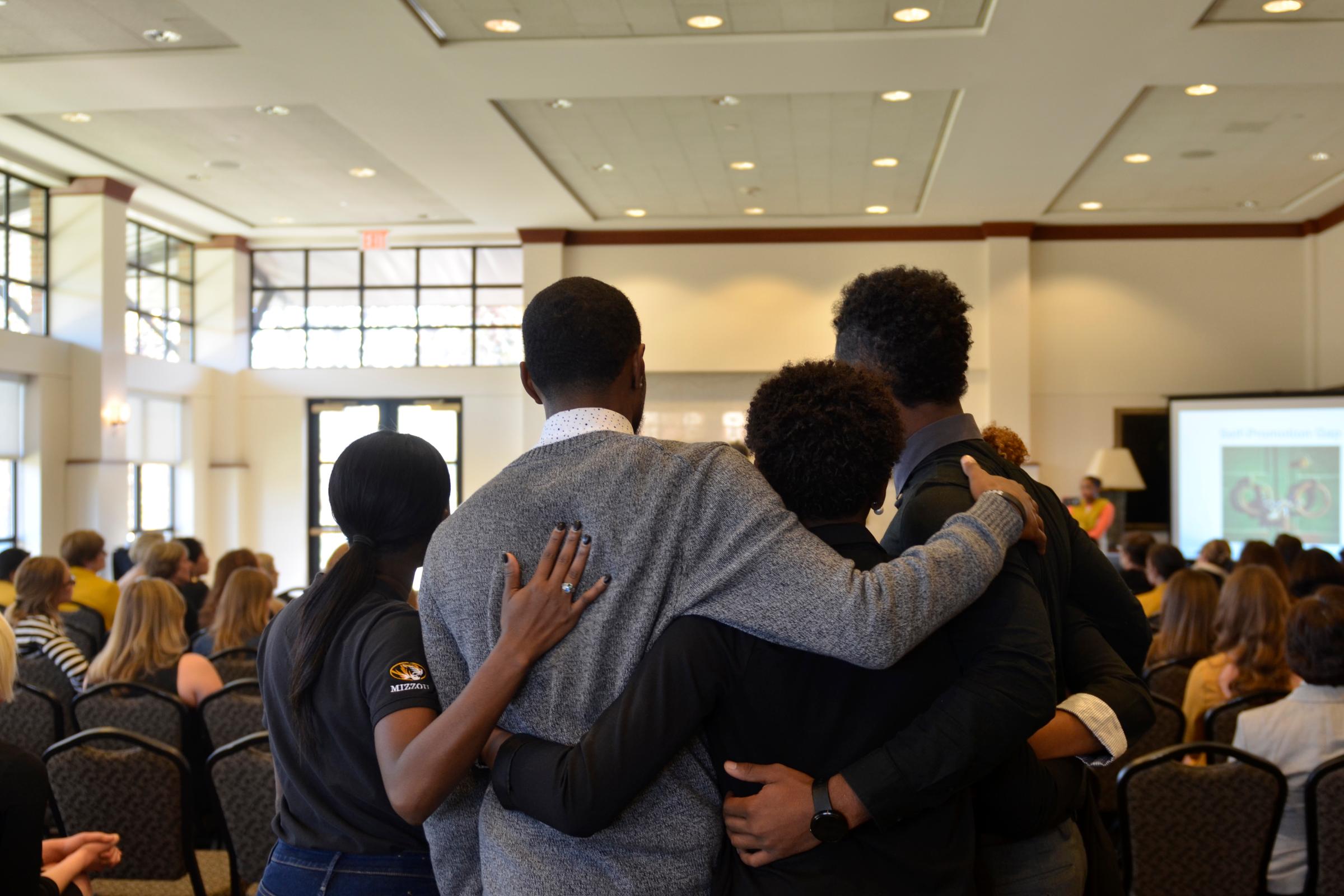
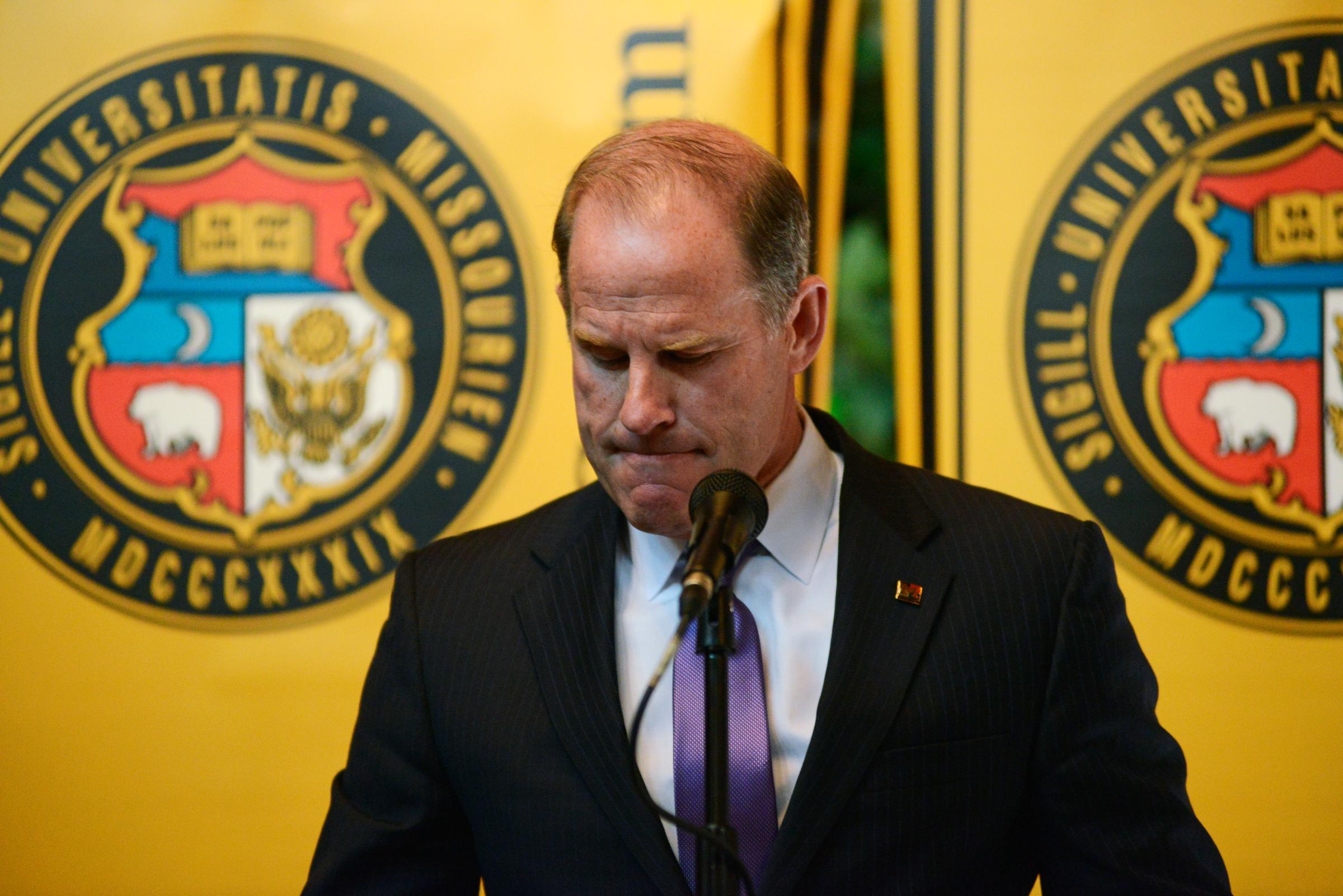


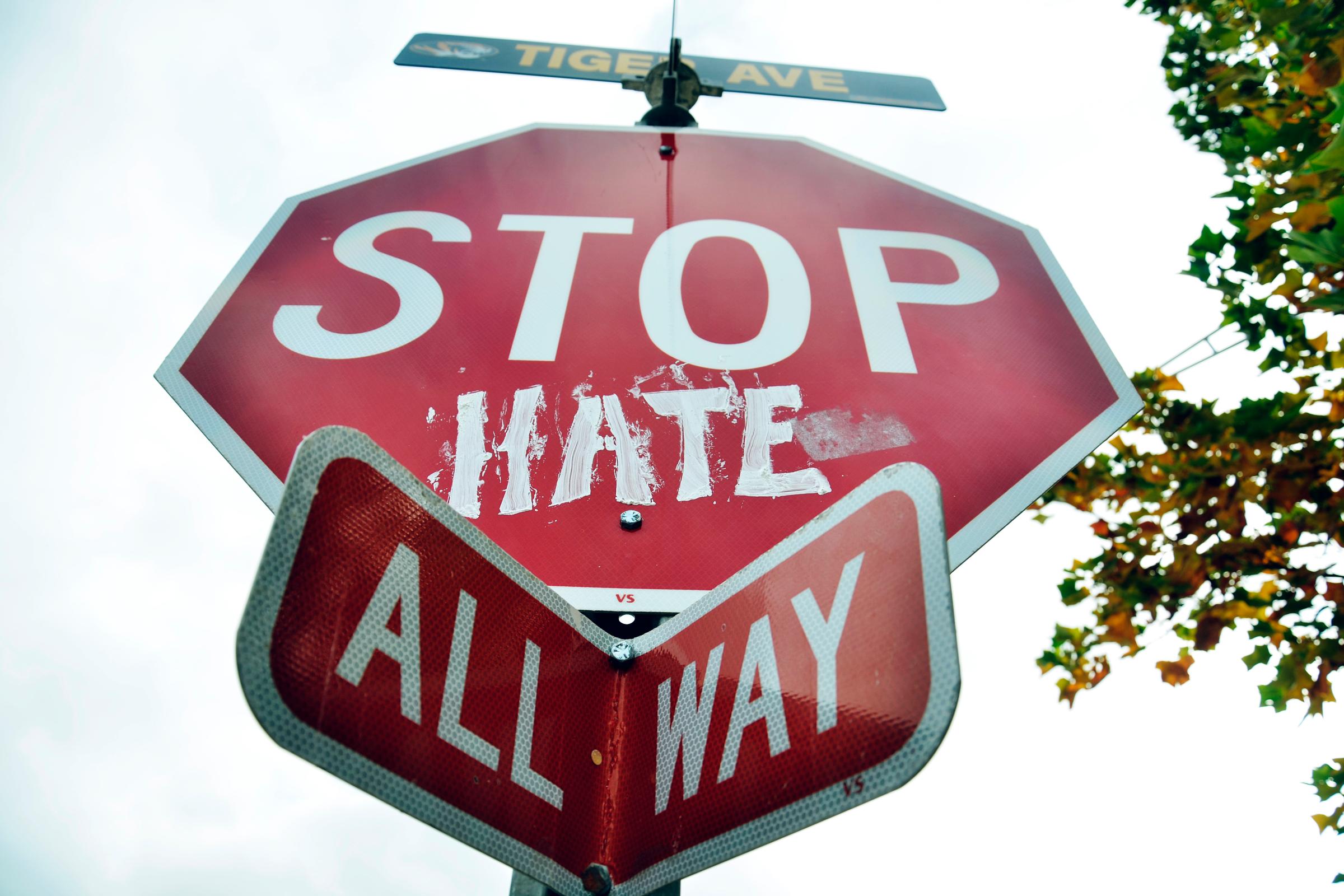
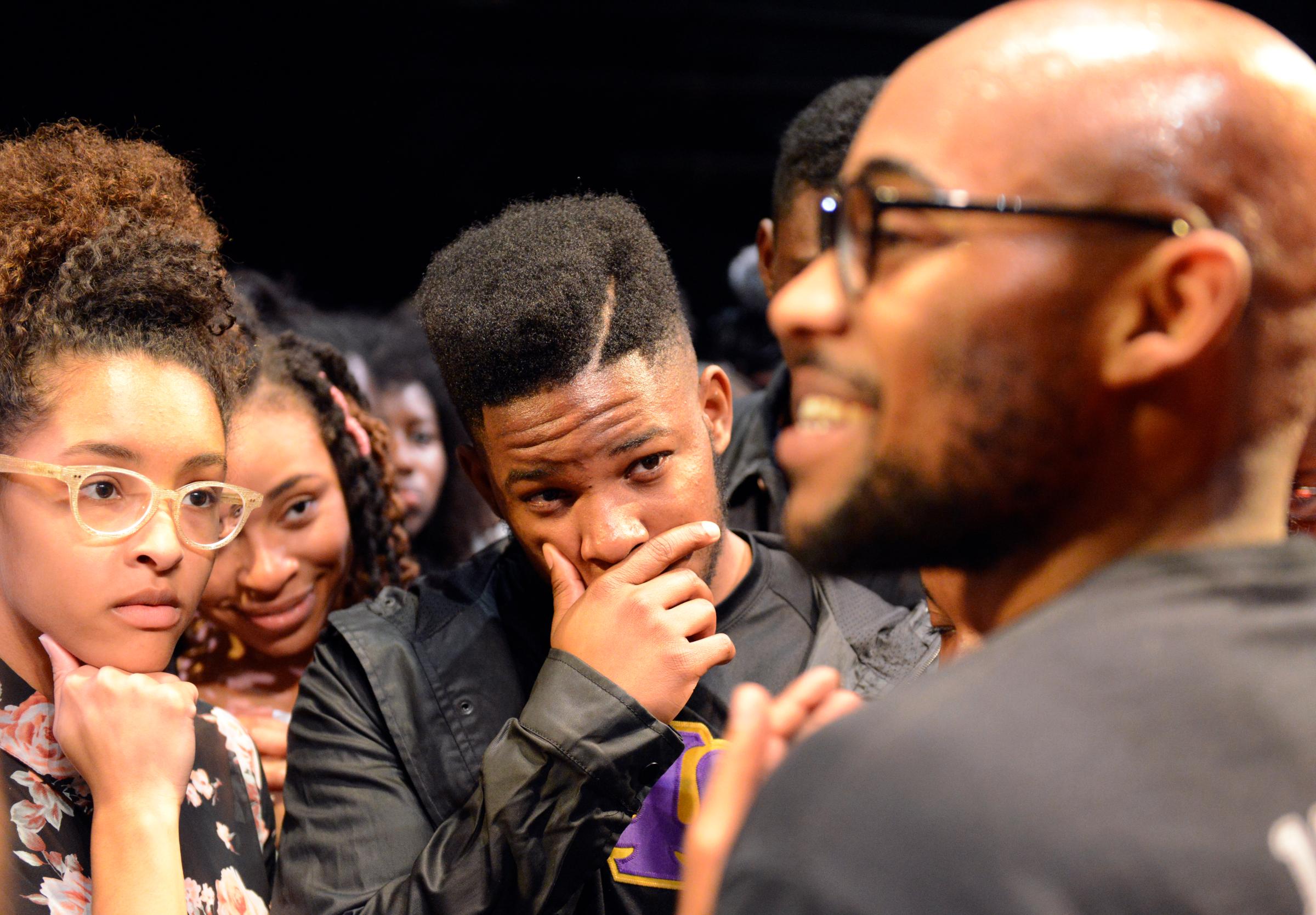
More Must-Reads from TIME
- Donald Trump Is TIME's 2024 Person of the Year
- Why We Chose Trump as Person of the Year
- Is Intermittent Fasting Good or Bad for You?
- The 100 Must-Read Books of 2024
- The 20 Best Christmas TV Episodes
- Column: If Optimism Feels Ridiculous Now, Try Hope
- The Future of Climate Action Is Trade Policy
- Merle Bombardieri Is Helping People Make the Baby Decision
Contact us at letters@time.com